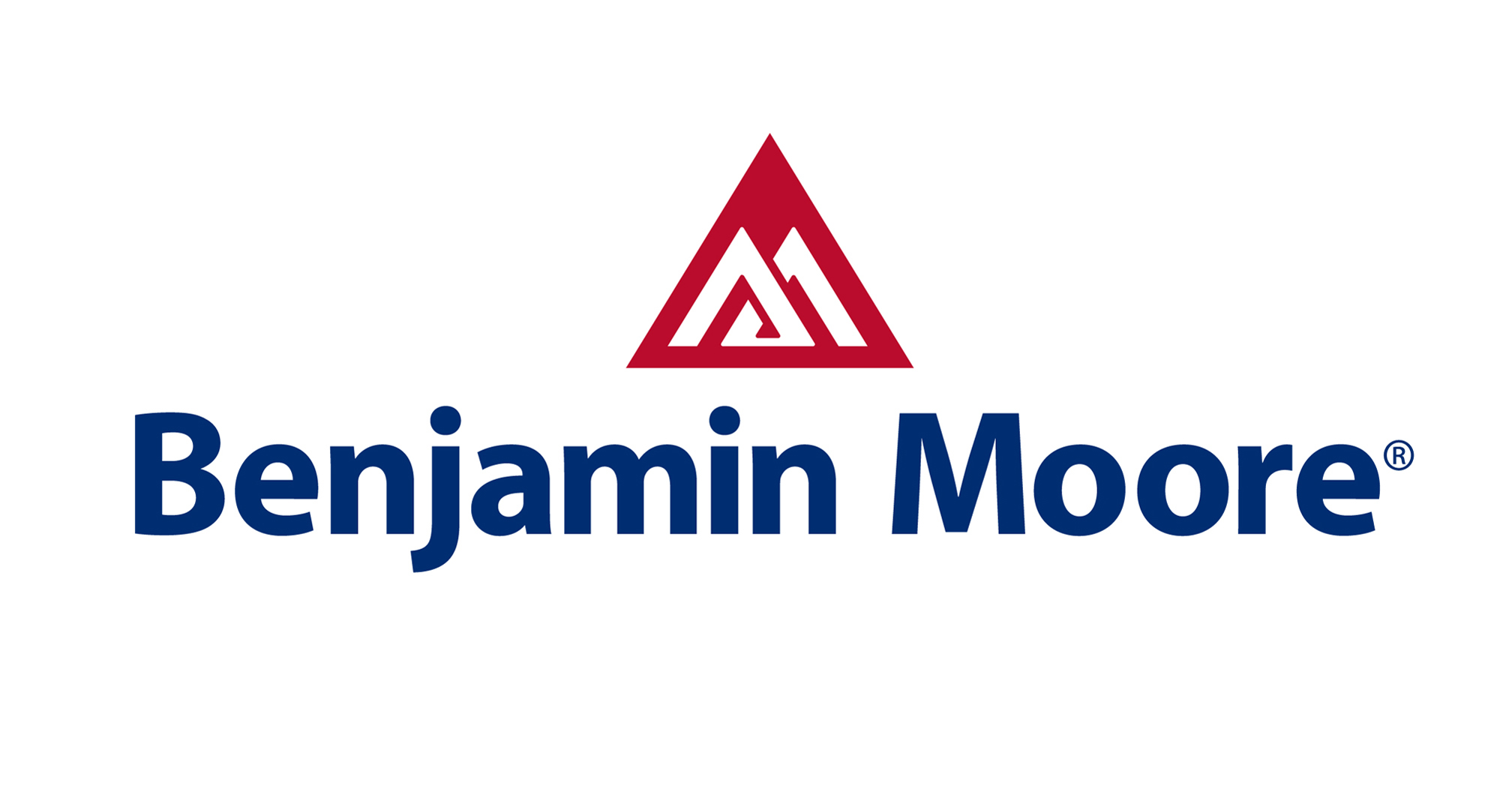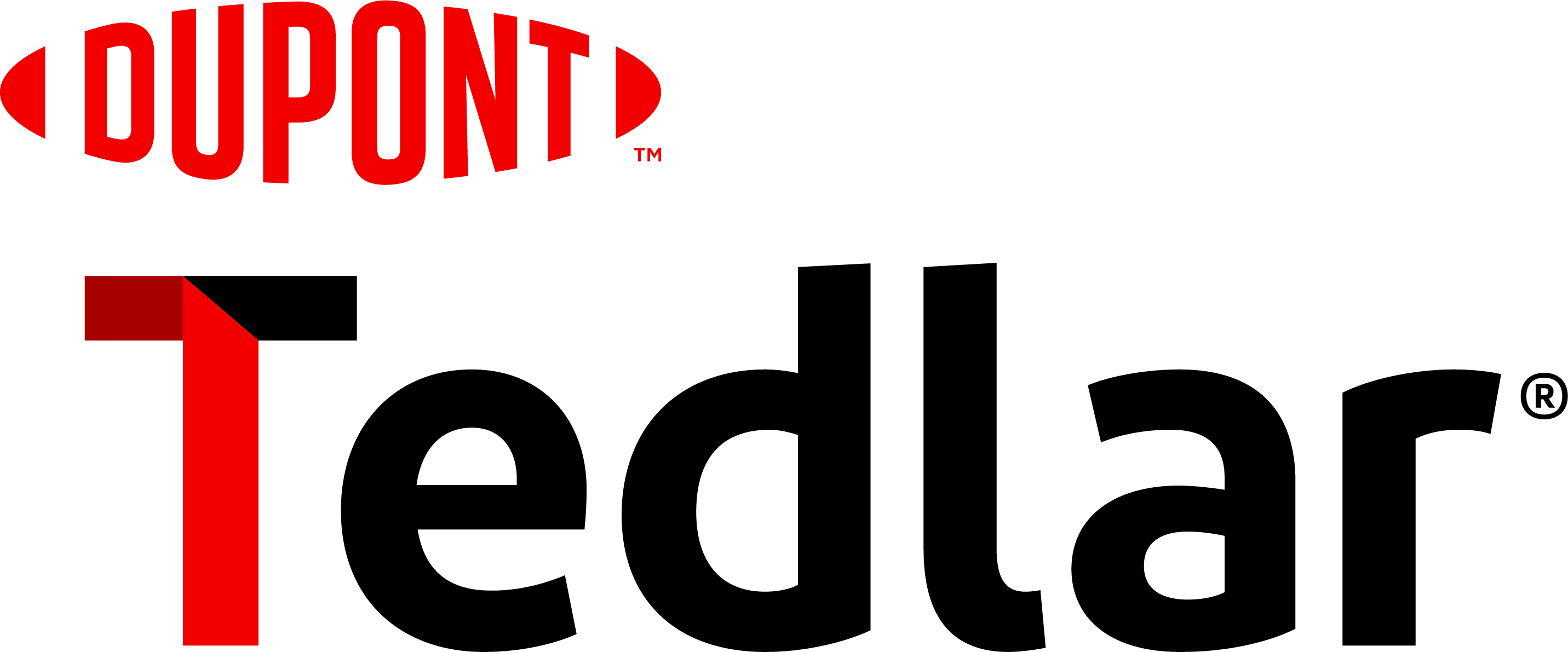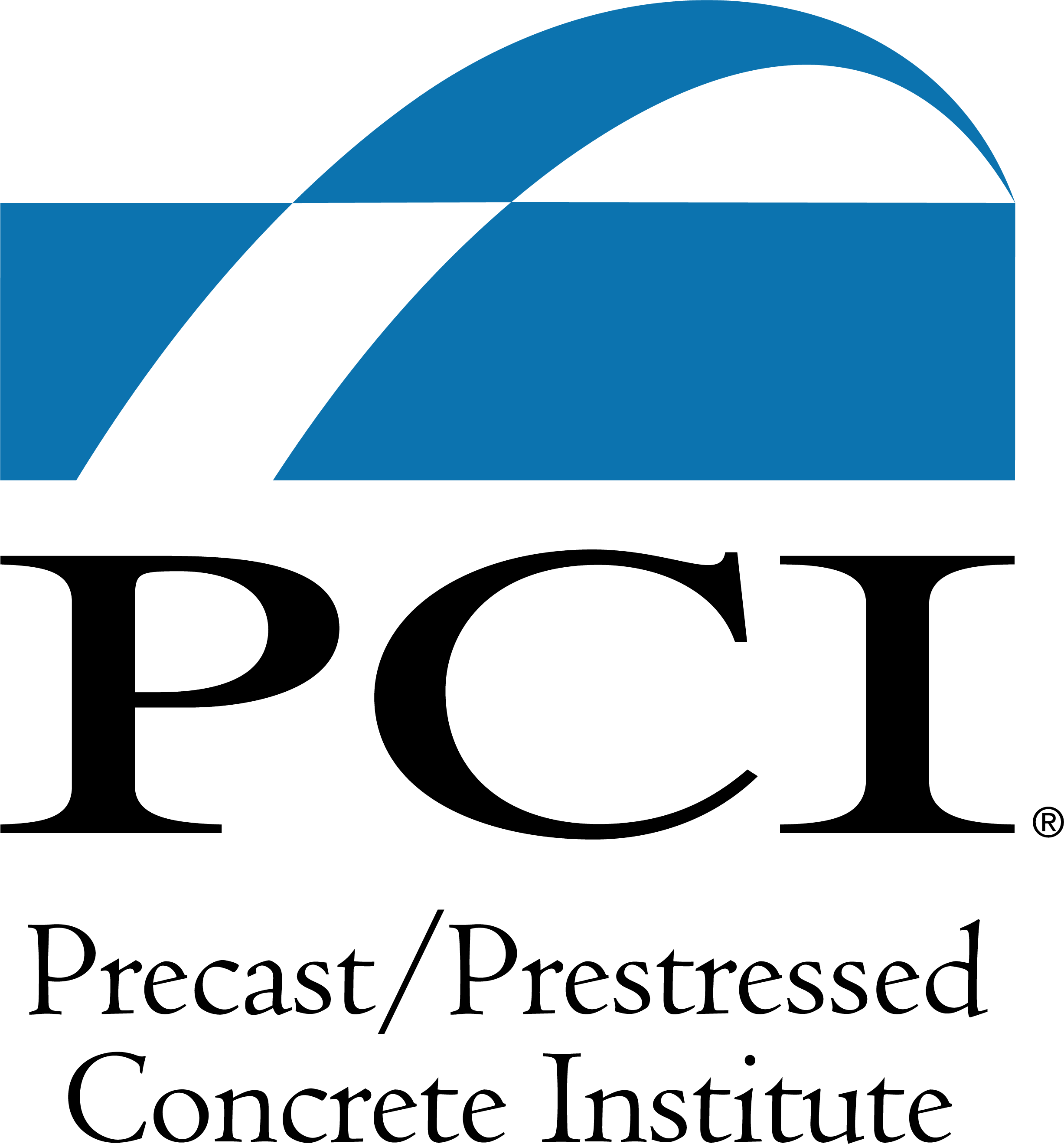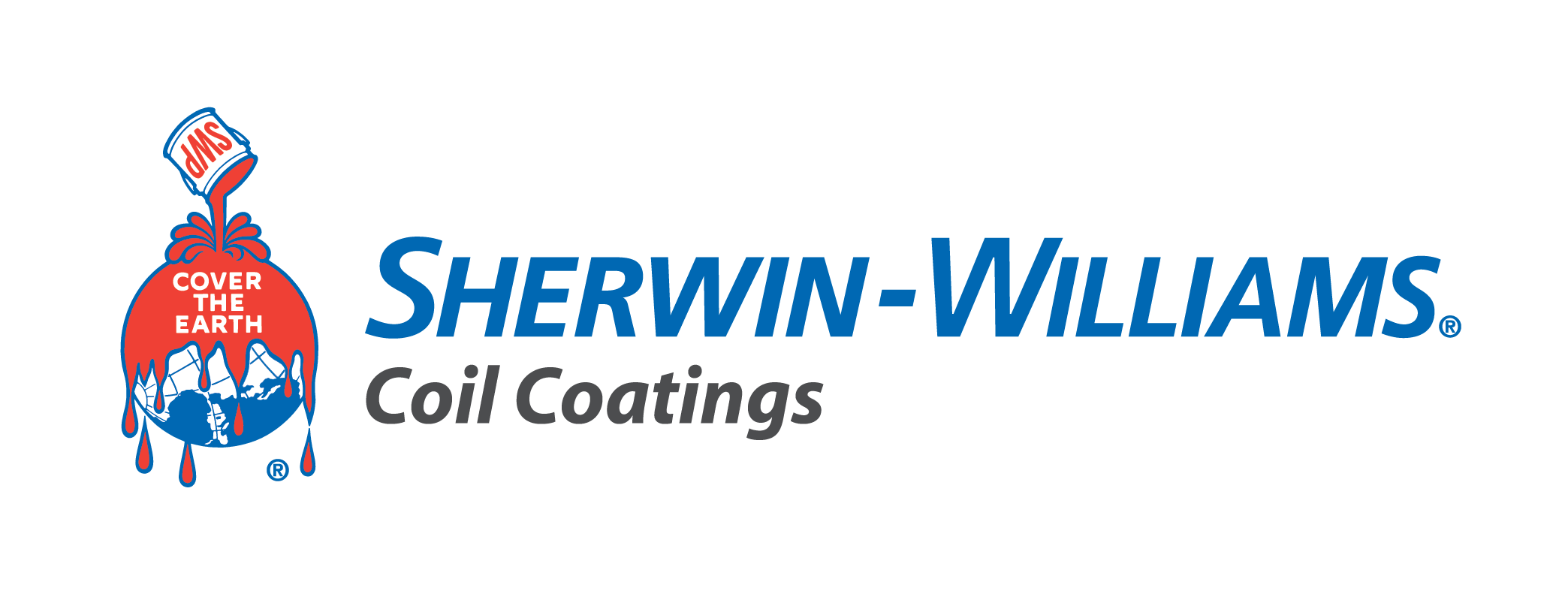American Framing
Sponsored by AIA and the Association of Collegiate Schools of Architecture, AIA California Council, AIA New York, American Institute of Steel Construction, Architectural Record Innovation Conference 2021, Archtober, Armstrong World Industries, Benjamin Moore & Co., Bison Innovative Products, BQE Software, cove.tool, DuPont™ Tedlar®, Hofmann Facades, Kingspan Insulated Panels, Landscape Forms, Lutron Electronics Co., Inc., Precast/Prestressed Concrete Institute, Sherwin-Williams Coil Coatings, The Ornamental Metal Institute of New York, The Steel Institute of New York, Think Wood, and Unilock | Presented by Paul Preissner, Founder, Preissner Architects and Paul Anderson, Founder Independent Architecture
Webinar On-Demand
The United States Pavilion at the 17th International Architecture Exhibition of La Biennale di Venezia comes at a time when national cultural practices are struggling with their histories. How do we come to terms with our past choices? What kinds of futures can we create? “American Framing” examines the improbably overlooked and familiar architecture of the country’s most common construction system and argues that a profound, powerful and sustainable future for design can be conceived out of an ordinary past. The curators of the Pavilion will describe the exhibition in Venice, and tell the story of an American architectural project that is bored with tradition, eager to choose economy over technical skill, and accepting of a relaxed idea of craft in the pursuit of something useful and new.
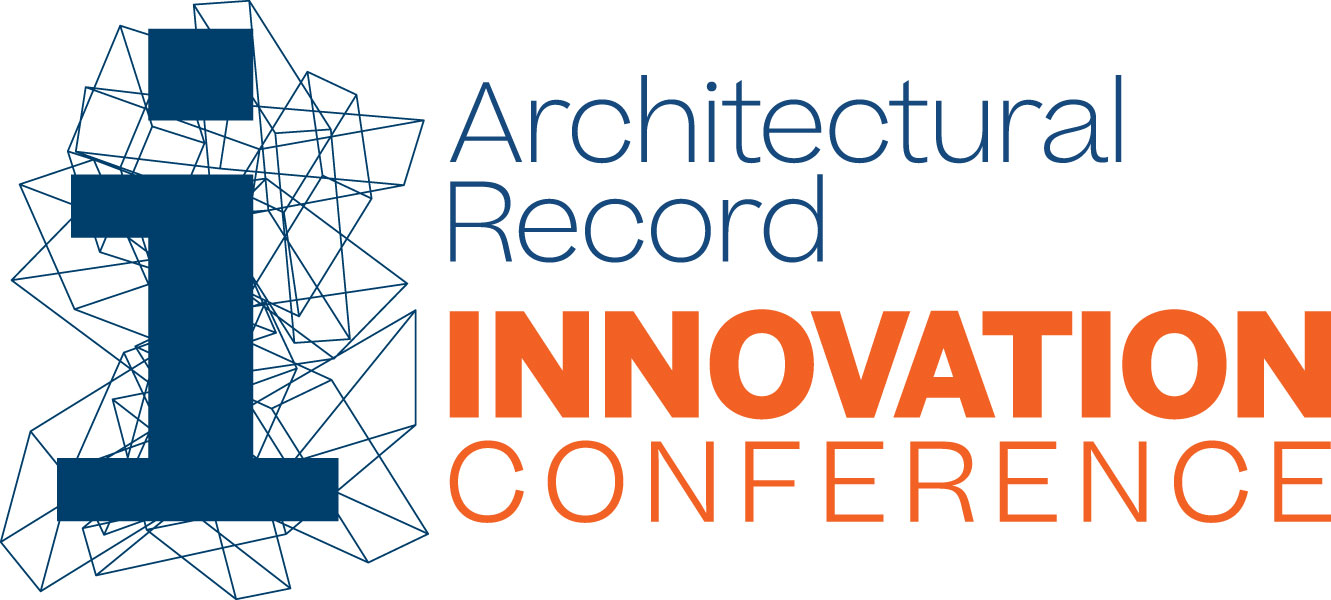

|
Paul Preissner runs Paul Preissner Architects, which is located in Oak Park. He and Paul Andersen are the commissioners and curators of the Pavilion of the United States at the 17th International Architecture Exhibition – la Biennale di Venezia. He is a Professor at the University of Illinois Chicago and the author of Kind of Boring: Canonical Work and Other Visible Things Meant to Be Viewed as Architecture (Actar, 2021). |

|
Paul Andersen is the director of Independent Architecture, a Denver office with projects that experiment with form, repetition, and pop culture. He and Paul Preissner designed and curated the US Pavilion for the 2021 Venice Biennale. He teaches at the University of Illinois at Chicago and is working on three building projects: a round house, a grassy clothing store, and 35 quirky brick townhouses. |
LEARNING OBJECTIVES
- Outline strategies for repurposing outdated or disused urban infrastructure and buildings for beneficial civic use.
- Describe planning and design processes that promote equity and inclusion in the built environment.
- Discuss how data can help policy makers and designers understand urban environmental problems and create more livable and resilient cities.
- Identify construction techniques, materials, and sustainable strategies that can help address seemingly intractable urban challenges, such as the housing crisis.








